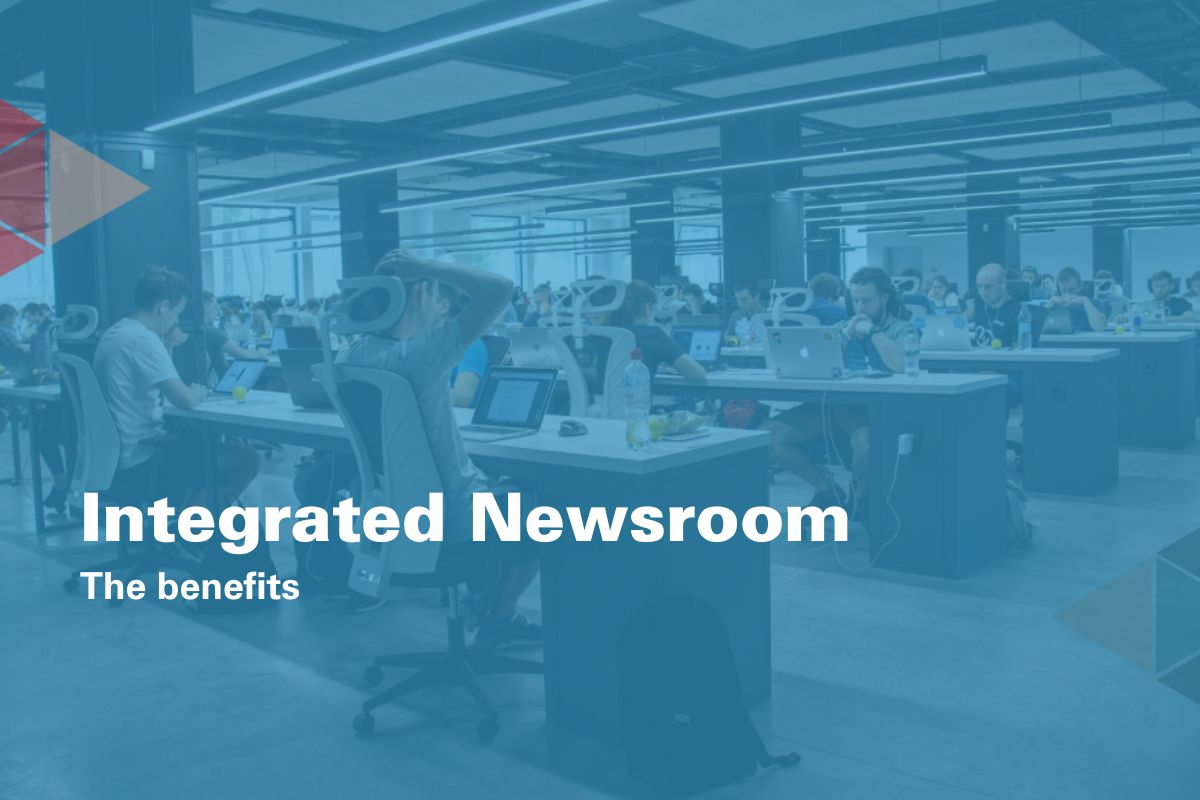
One thing that we can say for sure – the very nature of the newsroom has changed. The ‘Mediamorphosis’ that Roger F. Fidler discussed back in 1997 is happening, with many publishers walking down the integrated newsroom path, from regional newspapers to the Daily Telegraph.
In the very beginning, companies started by setting up separate online sections and repurposing their print content for the web. However, over the years, online media has developed; the rise of User Generated Content (UGC), video, etc, have challenged the primacy of print content, leading many publishers to identify some pain points in their production process, such as:
- Low efficiency, delays, and inefficient workflow capabilities in their news management and production process
- Lack of automation in their multichannel publishing processes
- No real-time monitoring and efficient reporting
- Difficulties in archiving and retrieving large multimedia data volumes
- No reliable remote access capabilities for their correspondents and colleagues
- No security of sensitive multimedia content
At the same time and as analyzed in a previous post, the Covid-19 breakout presented unprecedented challenges but it has also unlocked great opportunities for the media industry, highlighting the need for greater editorial flexibility. In specific, the pandemic has accelerated a number of existing trends, with publishers transitioning to cloud-based solutions and making greater use of AI technologies.
Whether you call it an integrated newsroom, a convergent newsroom, or a multimedia editorial platform, the meaning is the same; it’s all about creating a single hub for all editorial decisions.
Which are the benefits of an integrated newsroom?
- Single editorial workflow: By having a centralized news desk, you can save time in all decisions on the produced content. Furthermore, you can enjoy:
- Multimedia content creation via any type of editorial workflow and monitoring the production process in real-time.
- Reduction of production processing time and operational cost
- Control and rationalization of workflows, minimization of errors
- Full Remote Production: All steps of the editorial production workflow can be performed from any location and any device. Apart from this flexibility, you can speed up collaboration and information exchange.
- Digital Asset Management: You can automate the archiving process and simplify the searching and retrieving of archived content. In addition, you can easily schedule your content’s distribution.
- Cross Channel Publishing: By having a unified editorial production system, you can create content for all publishing channels, and also handle at the same time multiple websites, social media platforms and multiple print publications and issues
- Automatic page layout: You can paginate your pages with just one click, through the full integration of Indesign into the editorial process.
- Cloud-Based Service: There is no hardware to maintain, software to upgrade, or budgeting for capital improvements. Stay relaxed with maximum redundancy and remote access.
References:
Why converging newsroom cultures can make media houses more sustainable (theconversation.com)